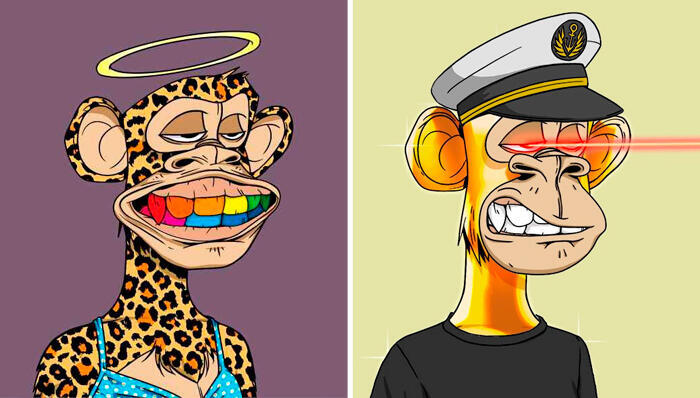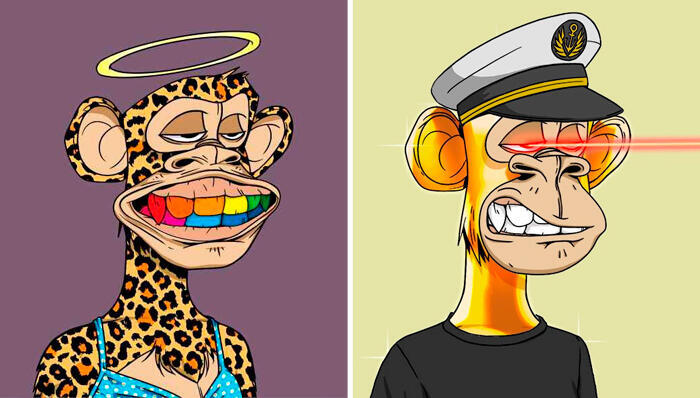
Why Bitcoin remains king while crypto markets hunt for the next big thing
With ICOs and NFTs behind us, AI might define the next chapter in blockchain’s story.
If the spectacular increases in the crypto market are driven by the expectation that the regulatory environment will foster innovation rather than stifle it, this implies an underlying belief that the market will produce something innovative and valuable. The 15-year-old question remains: what? Over the years, developers and users have proposed various answers, each riding a different wave of enthusiasm, only to fall short of delivering on the promise. This time, it seems the present is shaped by the past, and the future may be defined by an entirely different industry: artificial intelligence (AI).
When the modern crypto market began, Bitcoin was its undisputed king. As the first decentralized currency with a fixed, limited supply, Bitcoin was positioned as the antithesis of fiat currencies like the US dollar or the shekel, which central banks could, in principle, print indefinitely, eroding their value. Bitcoin's value proposition was to serve as the future of money—perhaps even a new global standard—bypassing traditional institutions, which it positioned as inherently untrustworthy.
For nearly a decade, the market functioned in relative obscurity, largely known for its association with criminal activities. Then, in 2017, the first major hype wave hit public discourse: Initial Coin Offerings (ICOs). These offerings promised a way for the public to invest in shaping the future of crypto projects. In reality, ICOs allowed developers to raise capital at record speed without accountability, often backed by little more than a brief technical paper. For example, Israel’s Bancor raised $153 million in just three hours in 2017. That year and the next, around 3,000 projects collectively raised $21 billion through cryptocurrency offerings.
The celebration ended when the U.S. Securities and Exchange Commission (SEC), under the Trump administration, declared that these offerings were essentially securities and thus required registration. Today, searching for “ICO” yields no significant news from the past five years; the term is effectively dead.
Why didn’t entrepreneurs comply with SEC rules and continue with ICOs? Because doing so would require filing a prospectus, detailing who they were, who was involved, the project’s purpose, and how the funds would be used—all sworn to be truthful in an official document submitted to a government authority. Most projects that raised substantial funds during the bubble failed to deliver meaningful outcomes. Bancor, for instance, restricted access for U.S. customers to avoid SEC scrutiny. Since its token peaked at around $10 in 2017, its value has collapsed by 94%.
Related articles:
After ICOs faded, blockchain technology fueled the next bubble in 2021. This time, the promise was even more grandiose, claiming to solve issues ranging from poverty to real estate, contracts, art, and even the internet itself. Smart contracts became the defining tool of the bubble, and NFTs (non-fungible tokens) were the dominant buzzword. In 2021, NFT trading volumes hit $15 billion, skyrocketing to $24 billion in 2022. Yuga Labs, a standout player, sold Bored Ape Yacht Club #8817—an image of a cartoon ape wearing a sweater and a propeller hat—for 852.39 ether, or $3.4 million, in October 2021.
However, the second bubble burst, and the NFT market is projected to close 2024 with a trading volume of just $8.6 billion. According to a report from NFT Evening, 95% of all NFTs ever minted are now considered “dead”—with no trading volume and no activity on social media for at least three months. Another report by dappGambl analyzed 73,257 NFT collections and found that 69,795 have a market value of zero. In fact, four out of five collections were so insignificant that they never even entered trading.
These examples are crucial because the hype surrounding such products injected massive capital into the crypto market, providing liquidity essential for its growth. Now, the market needs a new "money pump." With ICOs and NFTs no longer viable, the question is: what’s next?
As of now, the dominant value proposition is once again Bitcoin as the “future of money.” Its fixed, limited supply and decentralized nature position it as a counterpoint to fiat currencies like the US dollar or the shekel, which central banks can inflate at will. Because Bitcoin lacks central management, regulators do not classify it as a security, allowing it to maintain a unique status.
Three events in the past year have reignited interest in Bitcoin:
- In January, the SEC was compelled to approve Bitcoin ETFs, leading institutions like BlackRock—the world’s largest asset manager, holding $53 billion in Bitcoin ETFs—to inject significant demand.
- In April, Bitcoin underwent a halving event, reducing mining rewards and constraining supply, which pushed its price upward.
- In November, Donald Trump won the U.S. presidency, pledging to hold seized Bitcoins in a national reserve rather than auctioning them. This promise is expected to reduce the number of Bitcoins in circulation, driving prices higher.
However, the crypto market must invent a value proposition beyond Bitcoin to sustain its momentum. Emerging voices in the market suggest that the next big wave may intertwine artificial intelligence with blockchain technology. This pairing could offer mutual benefits: blockchain could address the trust issues surrounding generative AI, providing tools for content verification and "proof of humanity." Meanwhile, AI could enhance blockchain efficiency, predict network demand, and identify vulnerabilities in smart contracts.
But these two technologies share one significant challenge: energy consumption. Both industries are notorious for their electricity use, posing a common problem that society will need to address.
